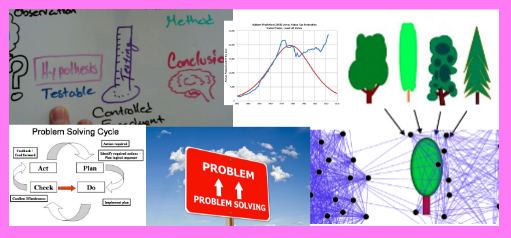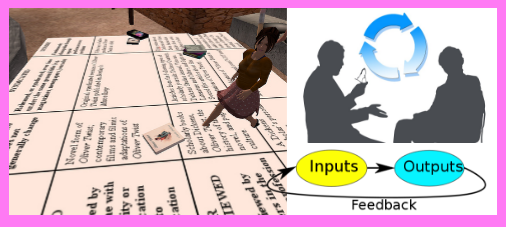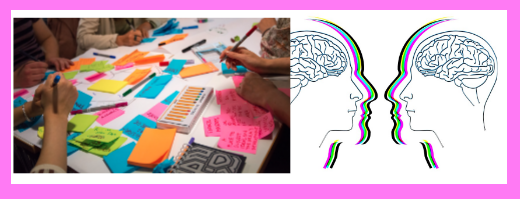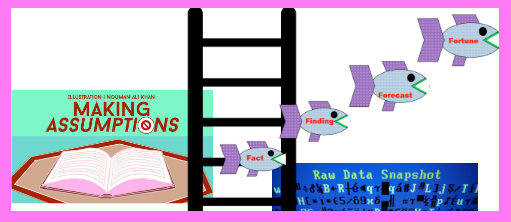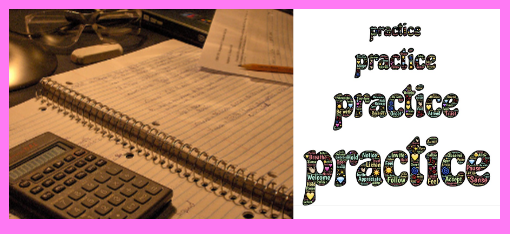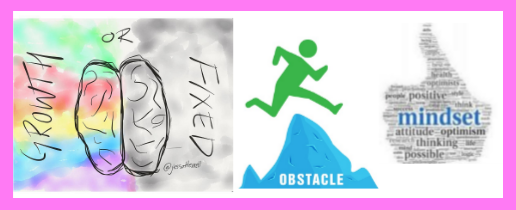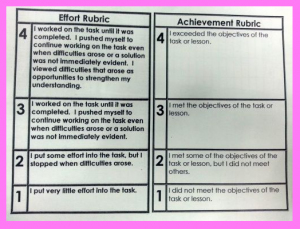


Research on using Cues/Questions to Activate Prior Knowledge:
- Cues / questions should focus on what’s important, not what’s interesting.
- Building bridges between key information and prior knowledge will increase engagement
- Higher level questions products deeper learning than lower level questions.
- Analysis questions are more impactful than recall questions.
- Higher order questions ask students to restructure or apply new information.
- Wait time increases depth of student responses.
- Giving students time prior to answering questions to process their responses before sharing them.
- Questions are effective to use BEFORE learning experience.
- Asking questions before learning experience can help students approach a learning experience with a helpful mind set.
Classroom tips for using cues and questions to activity prior knowledge:
- Use explicit cues
- Have students recall related experiences from prior knowledge and connect them to upcoming learning.
- Use questions that elicit inferences
- Ask questions that ask students to predict functions, sensations, and related information associated with objects of study
- Use analytic questions – types of questions include questions that ask for:
- Analysis of errors and misconceptions
- Limitations of argument
- Evidence that supports argument
- Alternative perspectives and related reasoning
- Value judgements and related reasoning
Researching on using advance organizers to activate prior knowledge:
- Advance organizers should focus on what’s important, not what’s unusual.
- Higher level organizers lead to deeper learning than lower level organizers
- Advance organizers are most helpful with handling info that is typically unorganized
- better for preparing students for projects than for reading textbooks that are already organizer
- Different types of organizers lead to different results
- expository type had greatest positive effect – see below
Classroom tips for using advance organizers:
- Expository Advance Organizers
- provide brief organized overview of topics about to be discussed
- Narrative Advance Organizers
- present upcoming information in the format of a story
- Skimming as a form of advance organizer
- skimming key subtitles and figures prior to reading can help students process info
- Graphic Advanced Organizers
- nonlinguistic organizers can be used to organizer prior knowledge and link it to upcoming info

Activating prior knowledge can help build student confidence and help build more lasting connections between old and new knowledge. Activating prior knowledge can prepare students’ minds to recognize new connections and features in upcoming content.

Preparation Steps
- Research and brainstorm related knowledge & skills that students may have that relates to upcoming materials.
- Design prompts and advance organizers for eliciting students’ prior knowledge.
Early Implementation Steps
- Use knows and need-to-knows chart throughout the project as a means to elicit prior knowledge and link it to new material.
- Use other tools (cues, questions and advance organizers) to help students connect prior knowledge to new content.
- Have students reflect on the connections between new material and old knowledge.
Advanced Implementation Steps
- Use advance organizers that highlight most powerful connections between old and new knowledge – start to complete these prior to scaffolding lessons and refer to them during scaffolding lessons.
- Teach students about how prior knowledge shapes the learning of new knowledge and have them deliberately use that knowledge to invent strategies that can hep them connect old and new knowledge.

- Rigor articles
- Understanding articles
- Scaffolding articles
- Nonlinguistic representations


